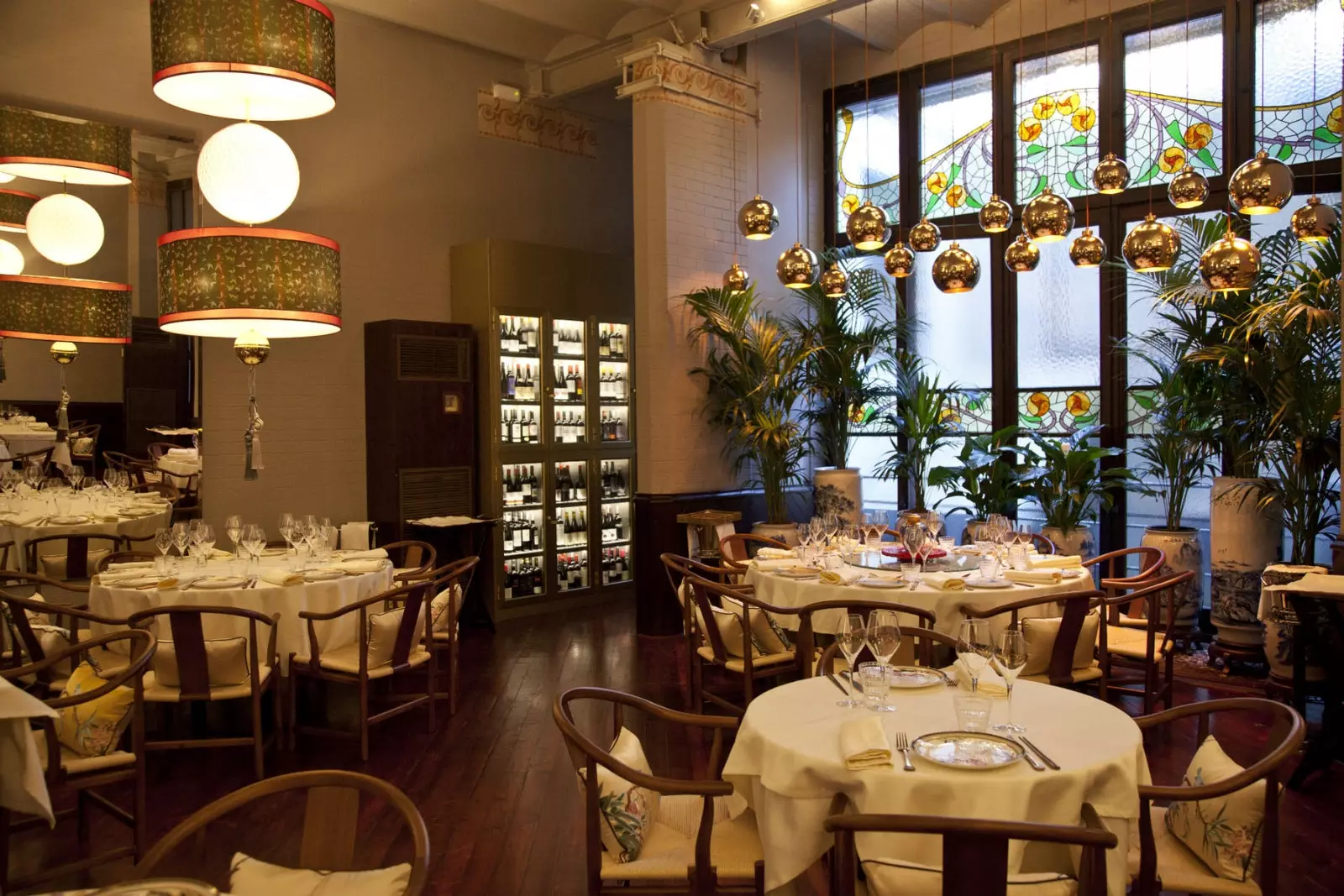
China Crown has opened in Gaudí's Casa Calvet.
There are few opportunities to discover the legacy of the geniuses of the modernist architecture in such detail . One more is added to those already open to the public in the city of Barcelona .
On this occasion, and who would think it, Catalan culture and Imperial China have merged , in what was the first building built by Gaudí in the Eixample. Calvet House , the mythical property designed by Gaudí between 1898 and 1900 , has become China Crown , the new project of Mary Li Bao , a mix between roots and avant-garde.
The room is in itself a reason to visit, with a surface of 320m2 Y a capacity for 80 people . The curious thing is that it has been kept exactly as Gaudí had designed it. In fact, Casa Calvet was created to house a textile business, that of Children of Pedro Martir Calvet , hence part of the distribution is still preserved.
But there is still more about the explanation for this alliance between China and Barcelona because The first embroidered silks from the Asian country arrived at this small business.
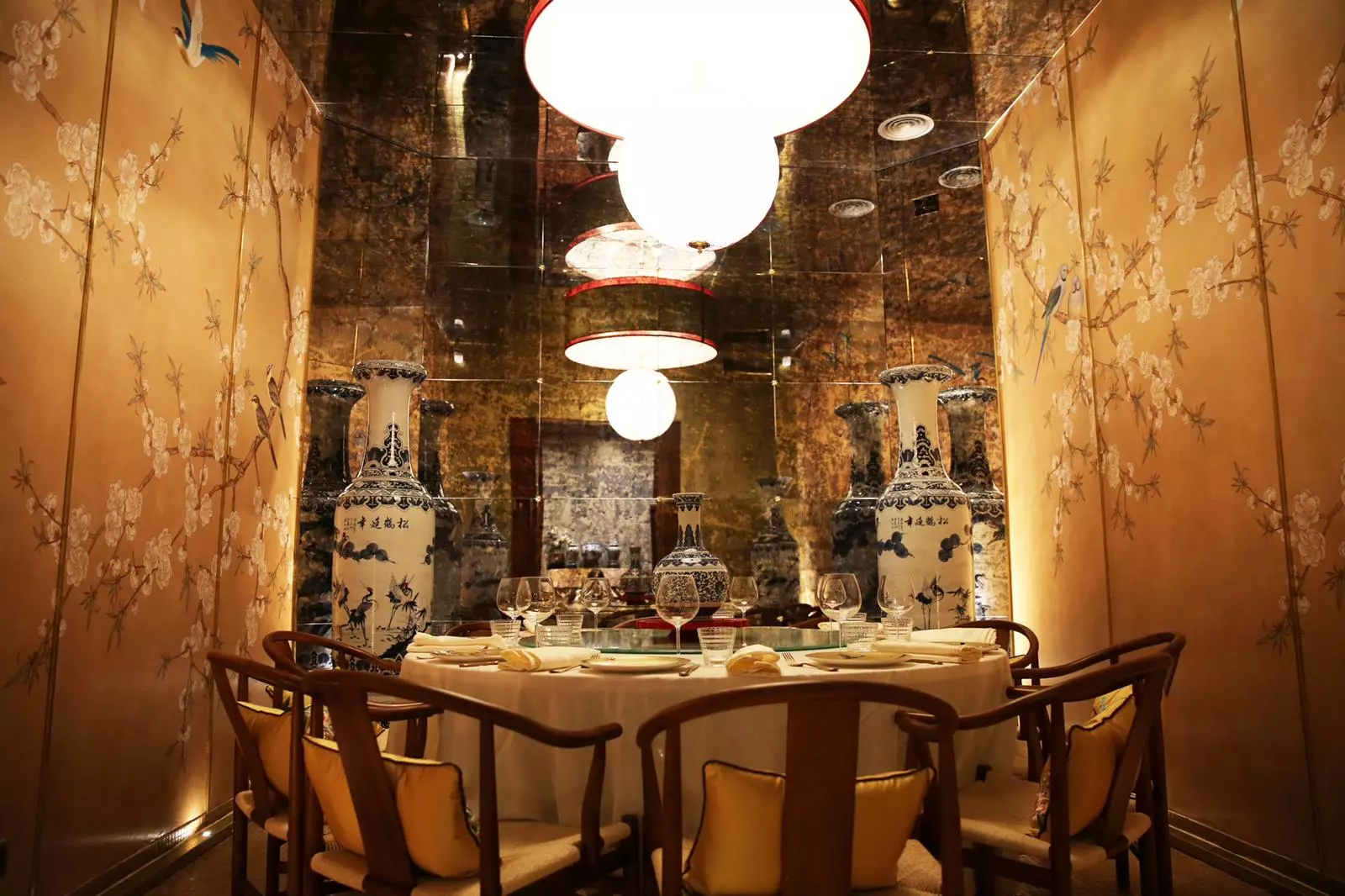
China and Barcelona have never blended in so well.
aurora gomez she has been in charge of mixing the two styles, which marry perfectly. The modernist light fixtures and the stained glass windows do not clash with each other vases and porcelain expressly brought from China.
Like everything that brings China Crown to life, crockery tells its own story . For example, some plates are stamped with drawings like peacocks or 'Xizhi' -known in the red giant as bird of happiness - symbolizing royalty.
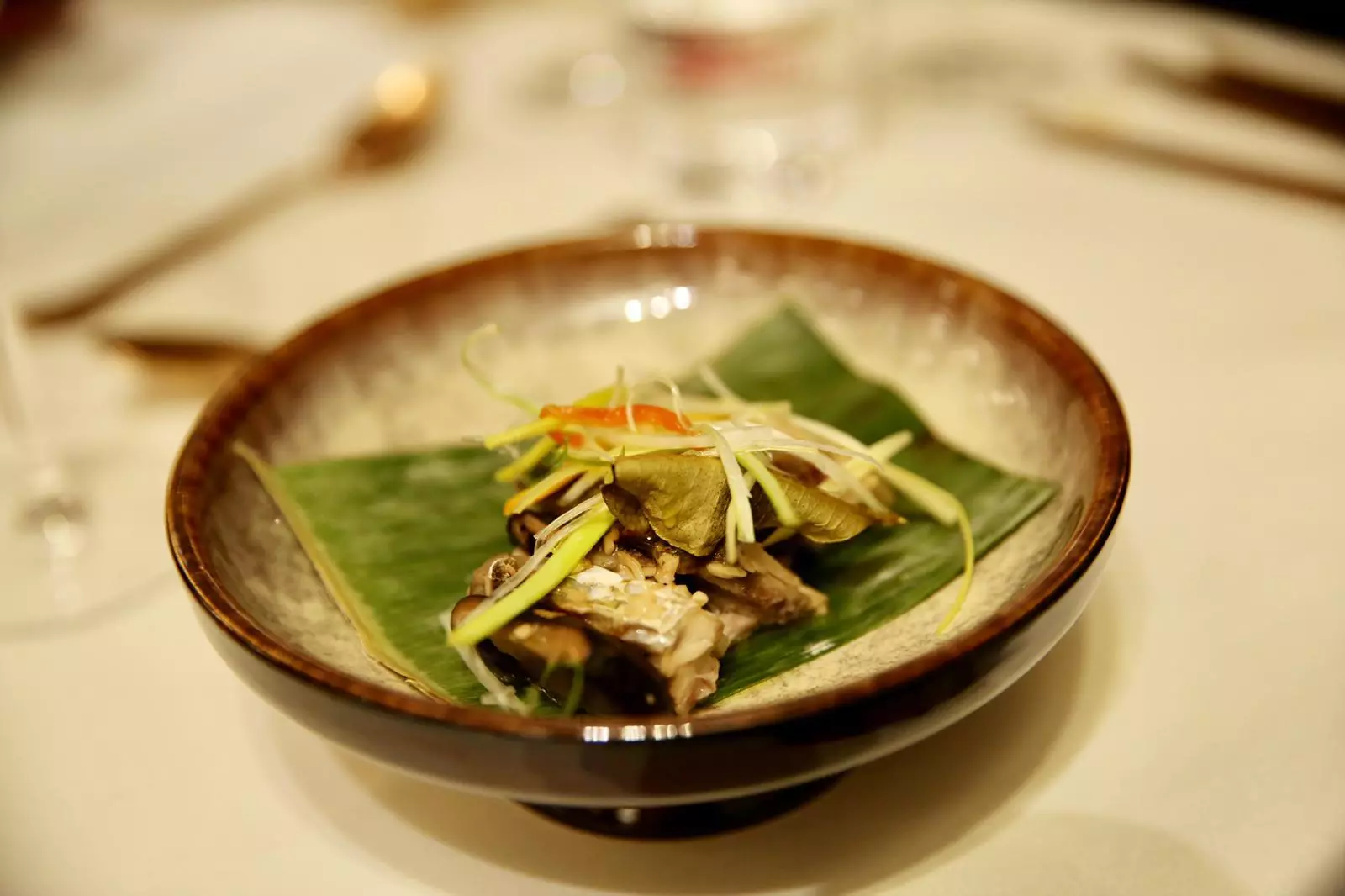
Gastronomy based on Imperial China.
IMPERIAL GASTRONOMY
China Crown is a tribute to tradition but converted into signature cuisine . The imperial cuisine was the typical one served to the emperors more than 400 years ago, which is why the chefs have traveled the country in search of those most ancient recipes and traditions.
For example, Tim Wang , one of the most prestigious professionals in China and a China Crown chef, has traveled to the country up to eight times to study this very specific cuisine in depth and find the right raw materials.
They have focused on Shanghai and its surroundings. In places like Gansu , 3,100 km from Shanghai, an important border post in imperial times and where the Silk Road. From there the lamb recipe has been rescued that today can be tasted in the restaurant.
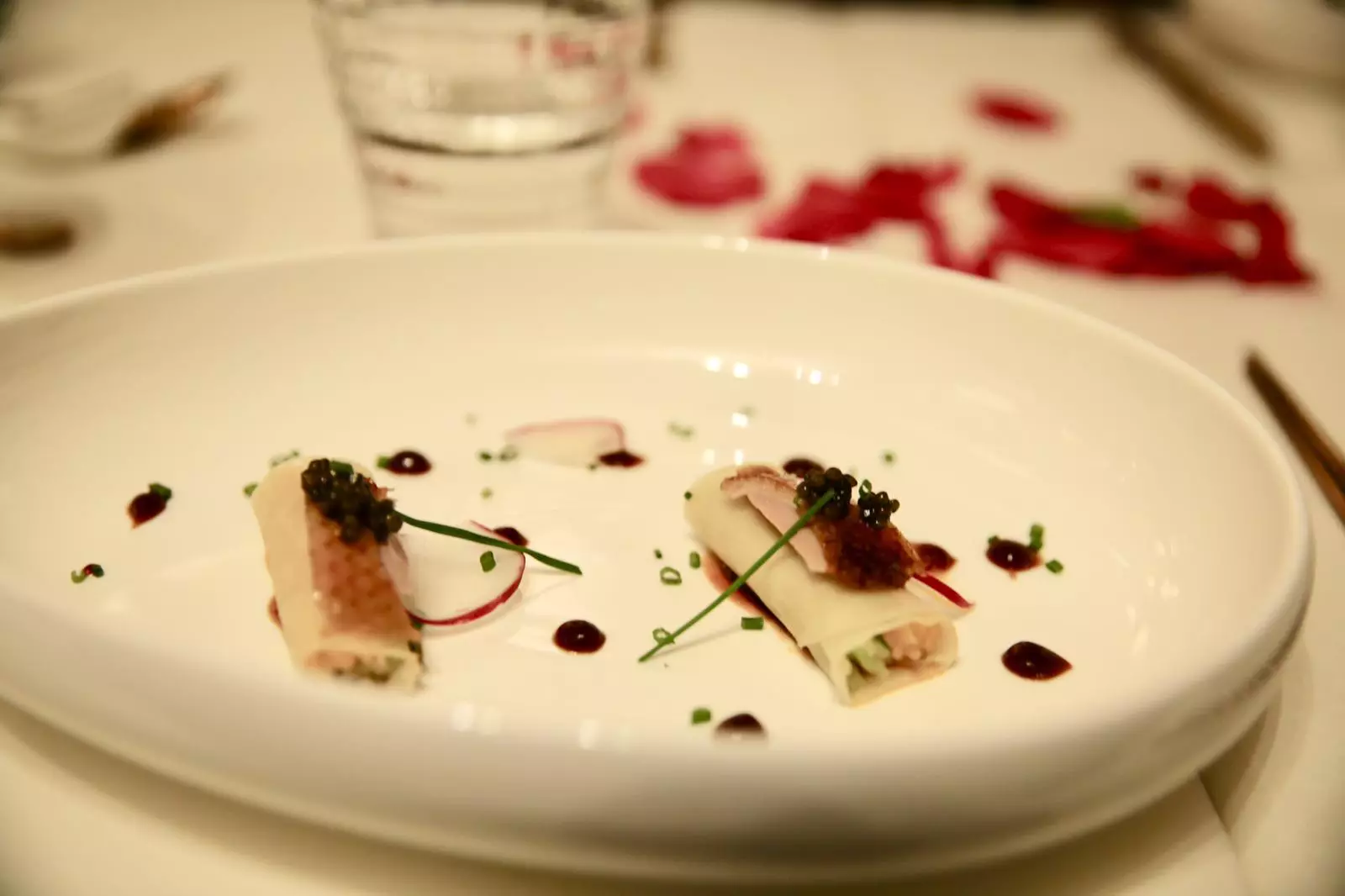
They have been inspired by the Silk Road.
They have also approached yunnan , 2,100 km from Shanghai, from where they have recovered the tubers typical of imperial cuisine. Other fundamental stops for the culinary culture of the restaurant have been Sian and Tibet.
Do you want to know more about his kitchen, right? You can do it in two of its tasting menus or on the menu. If you choose the first option, they will offer you 'The Silk Road' Y 'Imperial Box' with lacquered duck. Each of them with eight courses, dessert and tea.
The best thing is that you go accompanied, because that is how they enjoy gastronomy in China: in company and in abundance. You can't miss their delicious homemade dim sun , the shiitake and vegetable rolls, the marinated scallops either steamed wild sea bass.
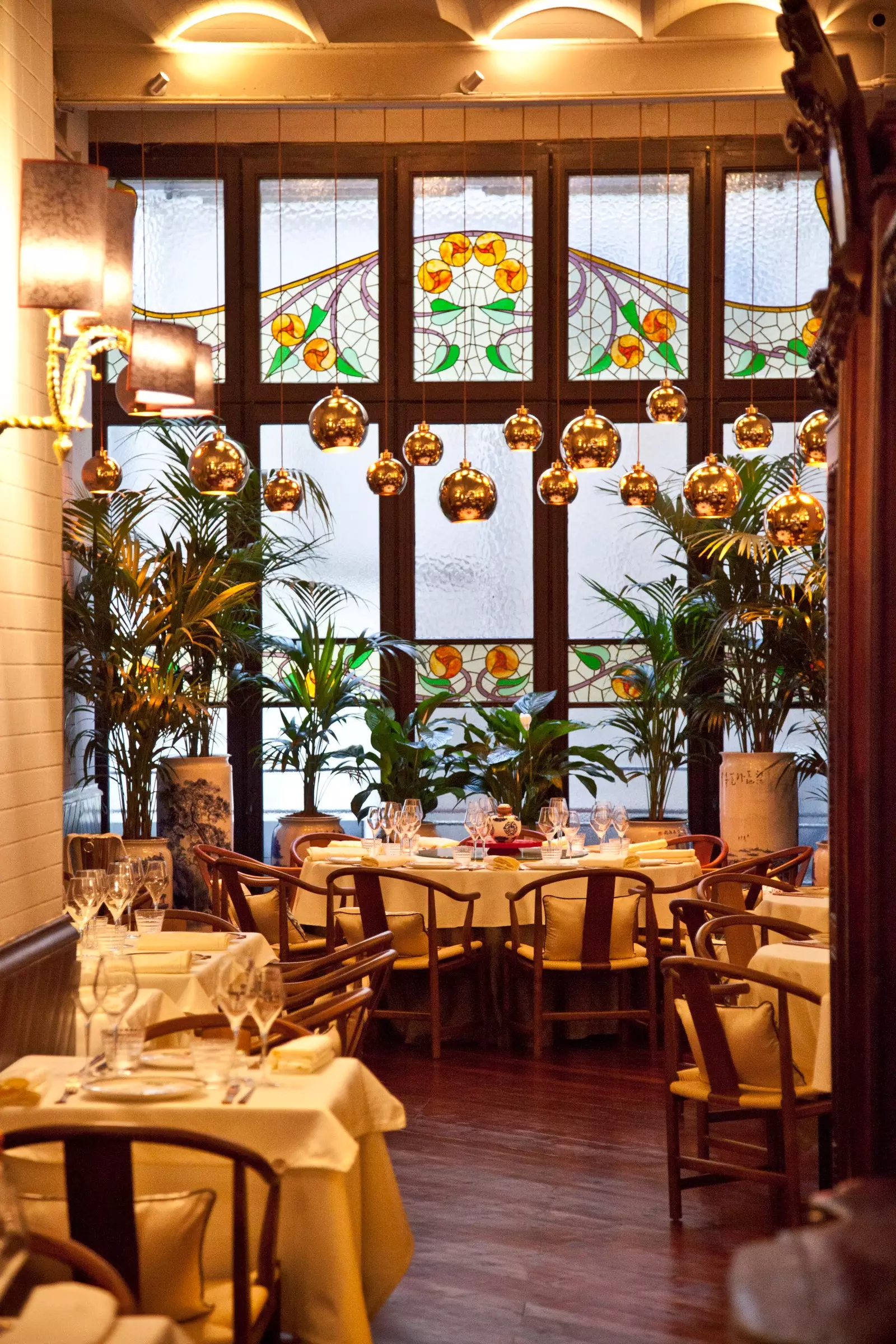
Modernism of Gaudí and China.
Address: Carrer de Casp 48, 08010 Barcelona See map
Telephone: 933 15 80 95 - 680 719 696
